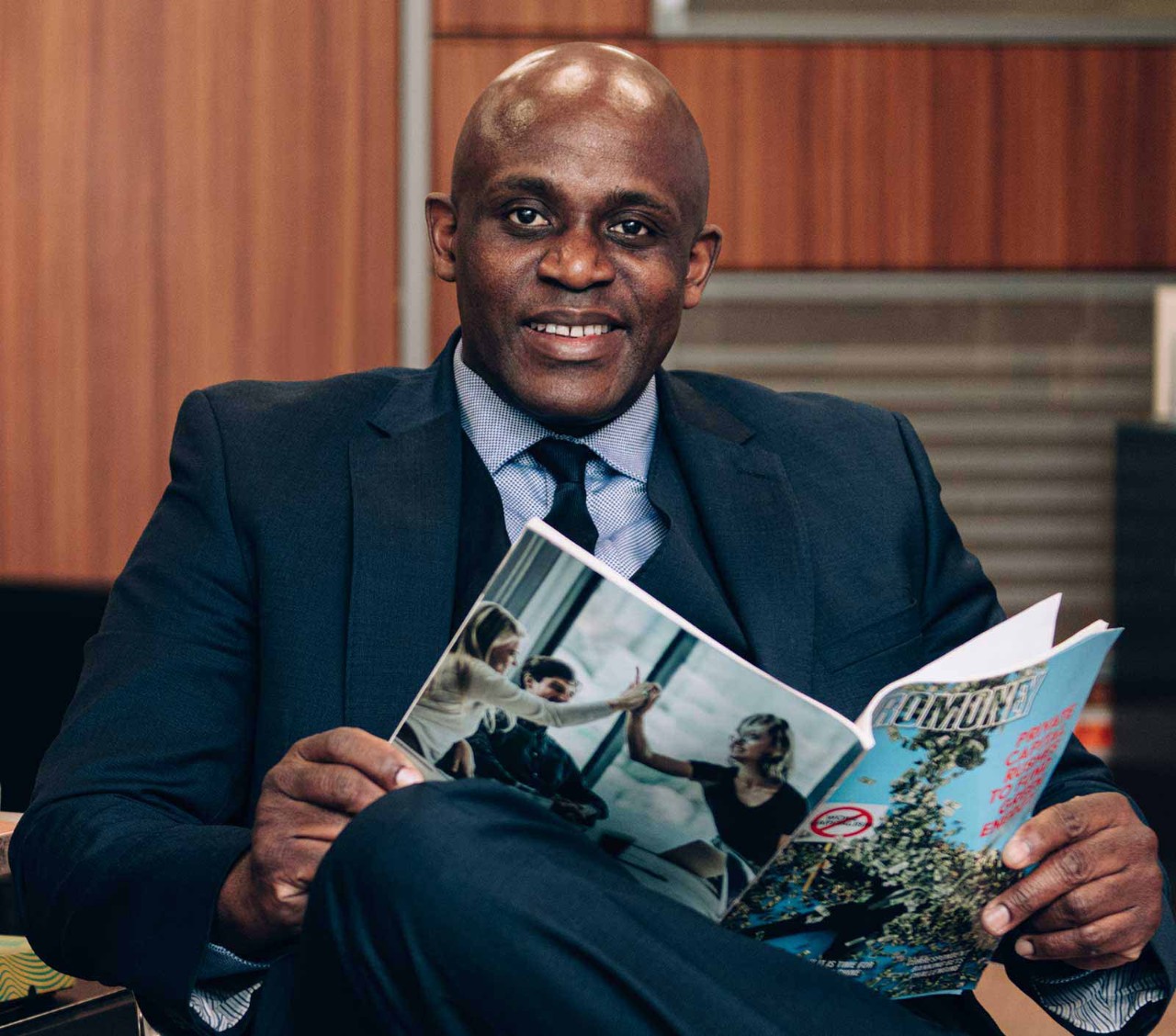
Like many, I’ve been addicted to the TV show Succession for the past few years. I too have been struck by the apparent likeness of the plot to real life-like characters, although not to the media figures they are supposedly inspired by. But what Succession really brings to mind for me is the struggle many family-owned businesses, both large and small, have when it comes to the handover from one generation to next.
The Roy children in the TV drama personify the challenges facing family companies about the right time for a founder to move on and who to put in charge. There is the son who isn’t involved in the company but enjoys the lifestyle and wealth to indulge it. There is the heir apparent who isn’t quite up to the top job in the eyes of many. There is the daughter who seeks to prove her talents elsewhere, and the spoiled-brat youngest son who treats it all as just a bit of fun.
Essential characteristics
The Roys are gloriously monstrous for the purposes of story-telling, but those involved in succession planning in the real world will recognise the tell-tale traits in the offspring. There are those who will be suited by their experience and talent to taking on an executive role, and there are those who are not so suited and should never be let near such a role. Then there are those who simply don’t care and just want to take advantage of the wealth attached to their name.

The best interest of the business may not be the same as that of family members
Getting the succession right may be the difference between whether a business survives a handover or not, and it is a problem that exercises the minds of many owners. A few years ago I hosted an event about succession planning where the main speaker was the former chairman of a major media organisation in Ireland (for which I once worked). He recounted his experience of running a large family business and all the conflicts that came with it – which prompted him to write a book called Don’t Leave It to the Children, examining how many dynasties fail to last more than a couple of generations.
Fresh eyes
What should happen in many of these companies is to turn the management over to an outside chief executive to steer the future course. It avoids the arguments (largely over money) that split families apart and is potentially the difference between making the necessary choices about what is in the best interest of a company and all of its stakeholders and what is in the interest of family members.
Knowing this and making the decision to go with an outsider is what founders struggle with. There is a natural inclination to retain control and to seek to pass that on to a son or daughter in the belief that it is the best outcome.
Ireland’s family-run businesses are falling behind their global peers in tackling critical challenges
But this ignores the danger involved. From the largest global company to the smallest SME, the ultimate risks are the choices made by the person leading the company. If that person isn’t sufficiently determined or skilled, the chances of the company surviving in the long term are reduced. A recent PwC survey also found Ireland’s family-run businesses are falling behind their global peers in tackling critical challenges including digital transformation and employee incentives.
You’d probably struggle to name more than a handful of major global businesses now in their third or fourth generation of private family ownership and management. The business school case studies are littered with large companies floundering after the successors to founders failed.
Leaving aside the fun and drama of Succession, the primary lesson any business owner should take is to have a plan in place for when the day comes. Another perhaps harder lesson to learn is to acknowledge that the best interests of the organisation may mean handing the reins over to a non-family member and ideally an outsider.
More information
Read this AB article about the impact of personal wealth taxes on corporate decision-making





